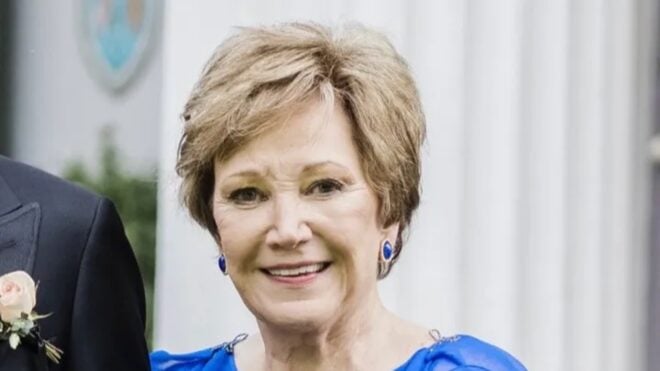As soon as Halloween starts to draw near, it seems every store in sight slathers itself in the traditional orange and black colors of the season.
In fact, as soon as I start to see this color combo, I immediately know that it's time to bust out my spookiest home trimmings and head to a pumpkin patch.
These two hues and Halloween go hand-in-hand — you can't see them worn or displayed together without thinking of October 31st!
But how did black and orange become Halloween's official colors?
Like every holiday, Halloween is celebrated a little bit differently all over the world and its history dates back far before our time.
Before we were dressing up in fun costumes and cruising the streets for candy, Medieval Europeans were celebrating by warding off spirits with big bonfires and carving little lanterns out of potatoes.
Check below to learn the interesting history behind Halloween's color composition.
[H/T: Women's Day]
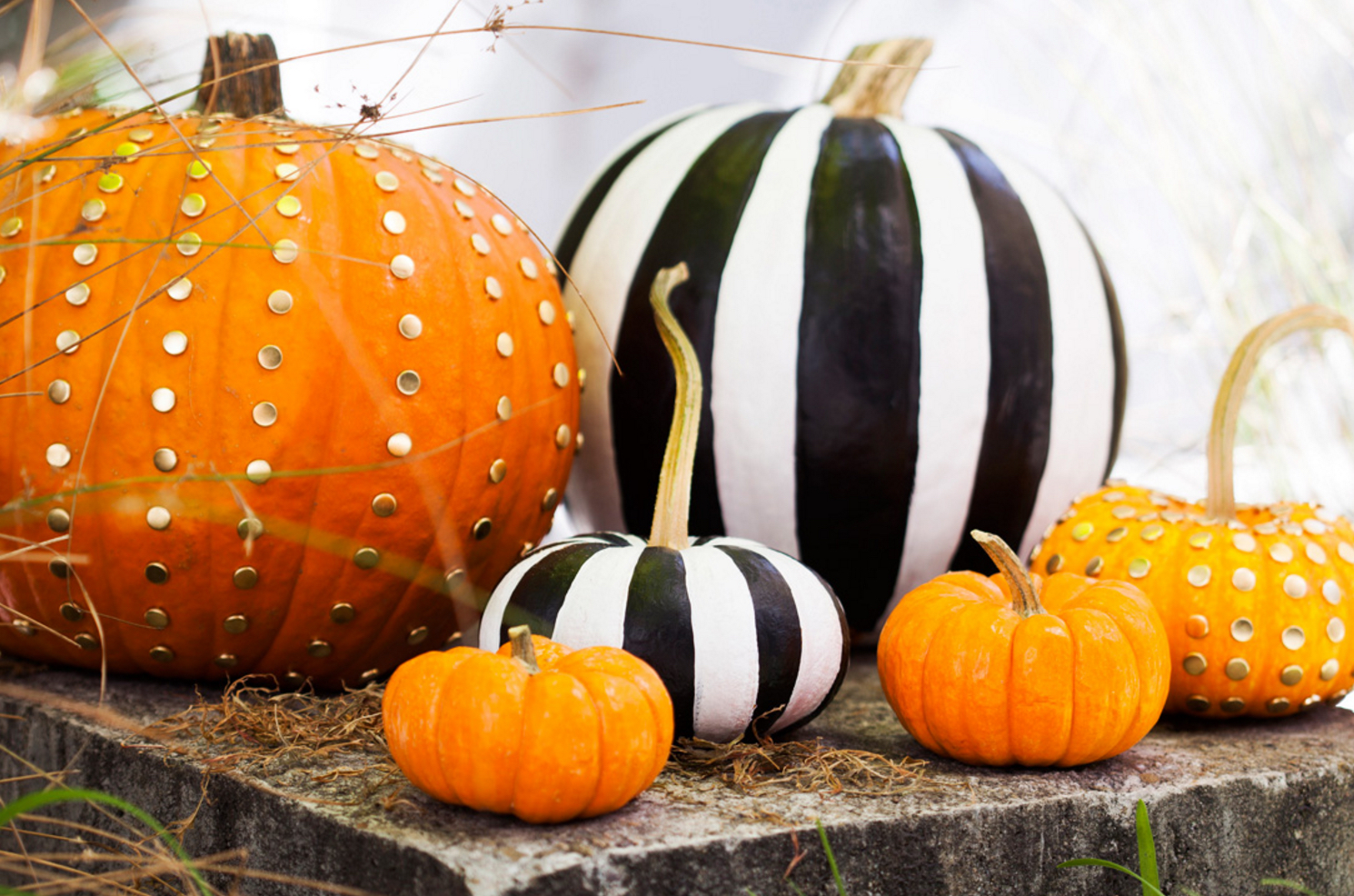
Halloween just wouldn't be the same without its famous color scheme.
Orange and black are the official colors of the spooky season — and you can't go anywhere in October without seeing them!
But these colors weren't always associated with the season. It took years of peculiar traditions, immigration, and folklore for them to emerge as October's favorite colors.
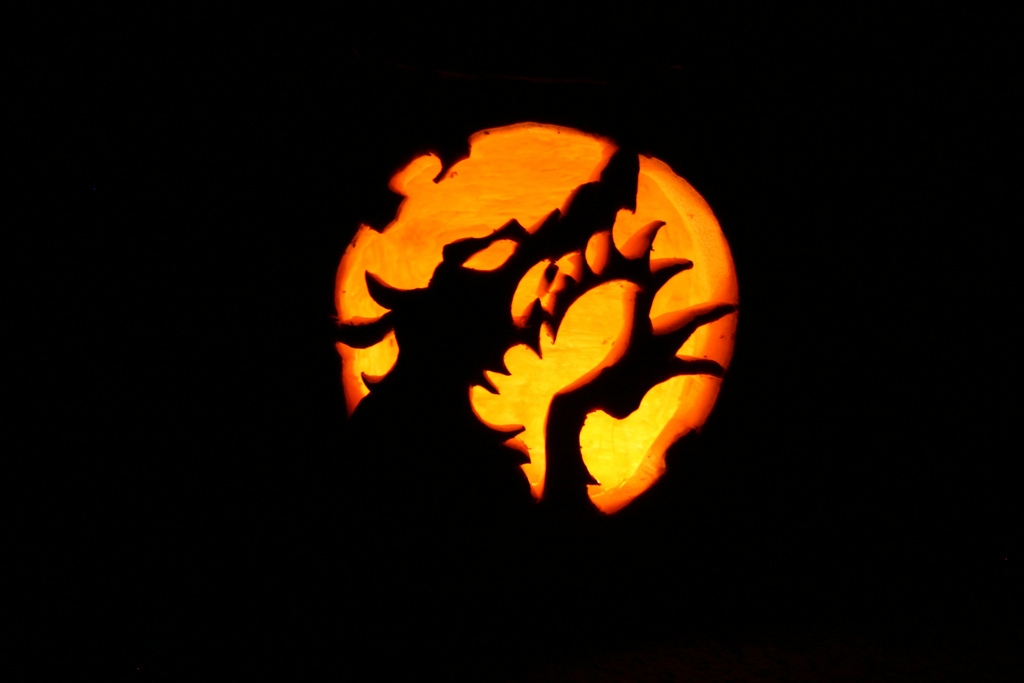
The whole Halloween tradition began with the Celts, a group of people who inhabited Medieval Europe over 2,000 years ago.
They believed that the year began on November 1, and that the year was over once winter began.
But they rang in the new year a little differently than we do now.
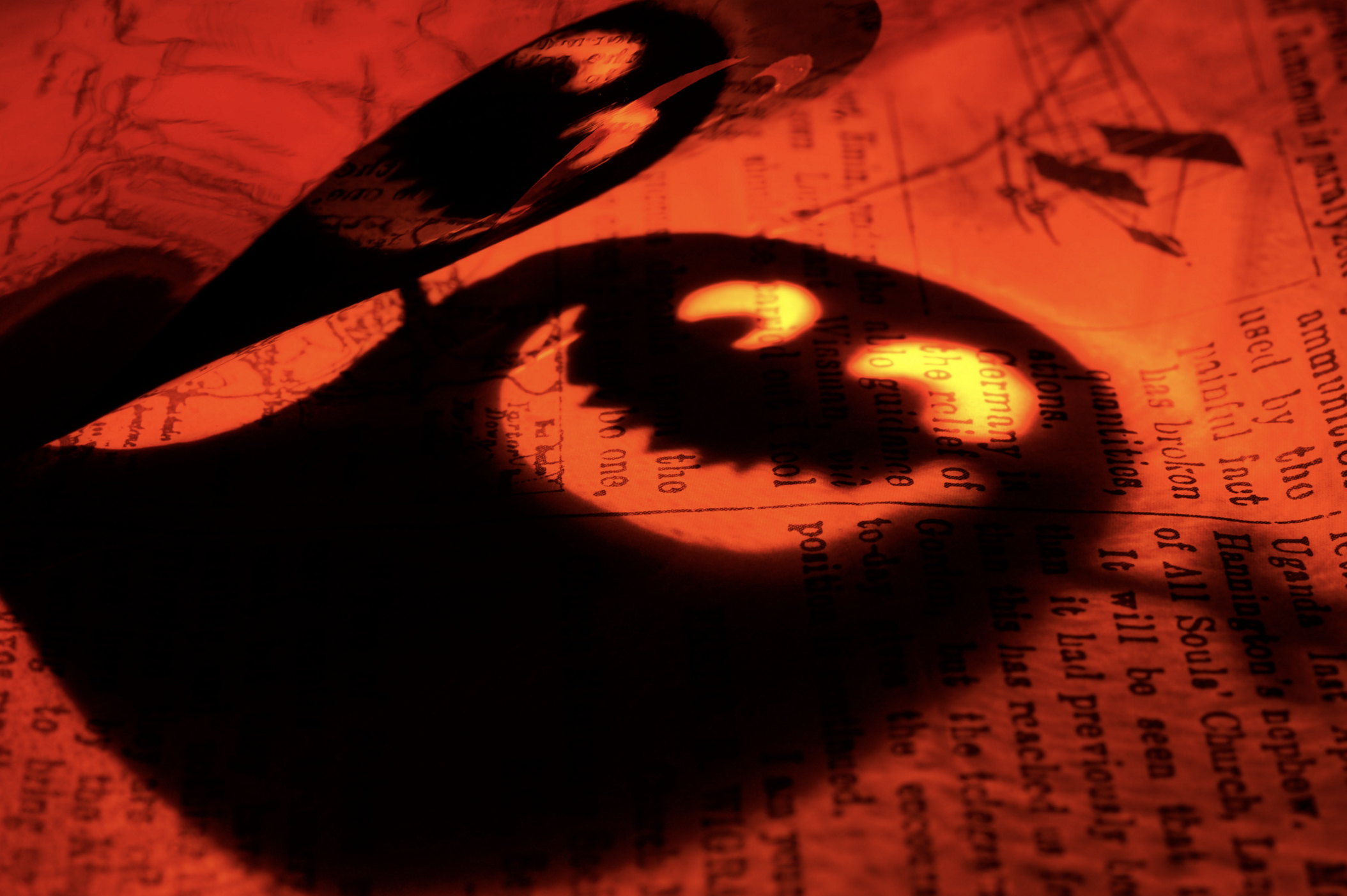
According to History.com, they believed the boundaries between the living and the dead were blurred right before the new year.
They feared that these spirits would cause trouble and damage their precious crops while romping around in the living world.
So, in order to drive them away, they would build big bonfires and wear scary costumes.
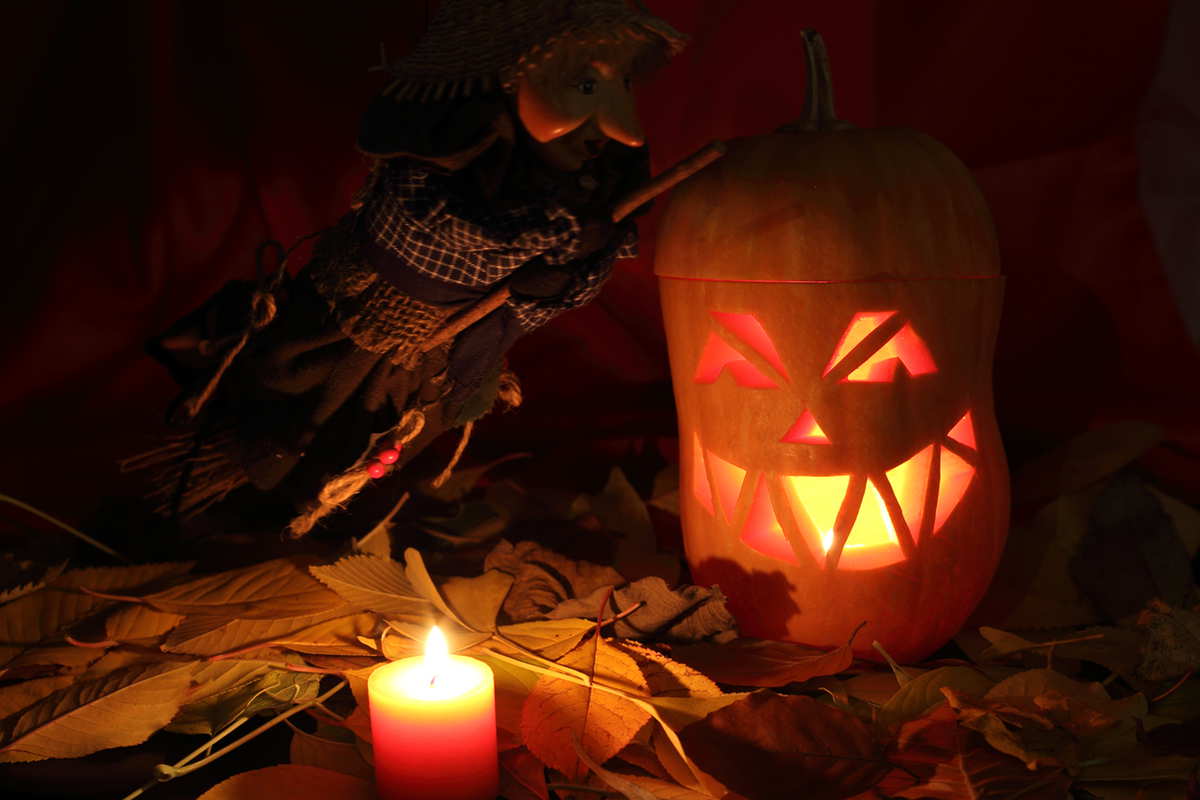
They also wore clothing that reflected their connection between the living and the dead, donning black clothes to honor their late loved ones and ancestors.
And since it was celebrated at night, it is only natural that black would be a big factor in the holiday's identity.
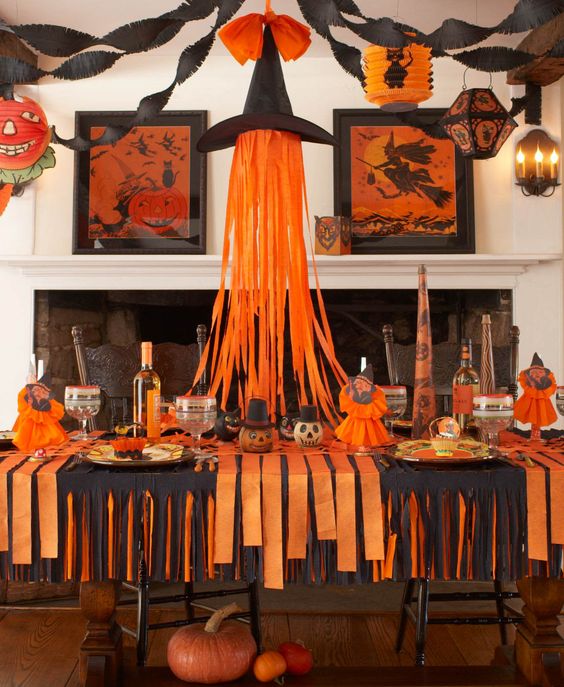
Orange is representative of many different fall themes, like the leaves that change color throughout the season.
It's also the color of jack-o'-lanterns — those ghoulish, glowing pumpkins that you see on everyone's porch!
Jack-o'-lanterns originated before the 1800s in Ireland, where they would carve makeshift lanterns out of potatoes and turnips to celebrate the spooky Irish myth of Stingy Jack.
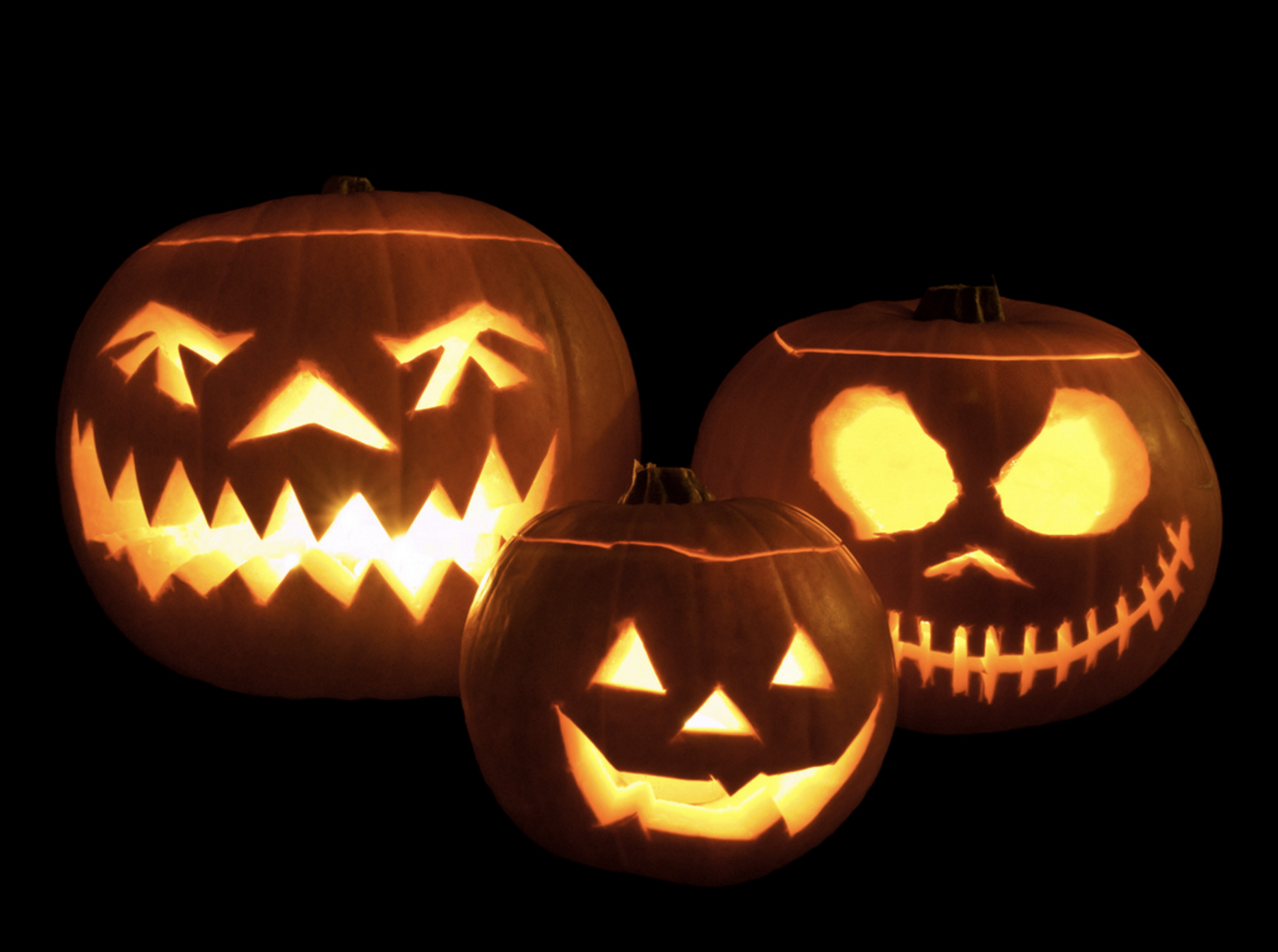
This tradition of carving lanterns out of veggies ended up immigrating to the States by the Irish, who fled west to escape the potato famine.
And since pumpkins were abundant in the states, they started using them as lanterns instead of turnips.
The tradition eventually evolved, and people began carving funny faces in the pumpkins as a prank, according to Mentalfloss.
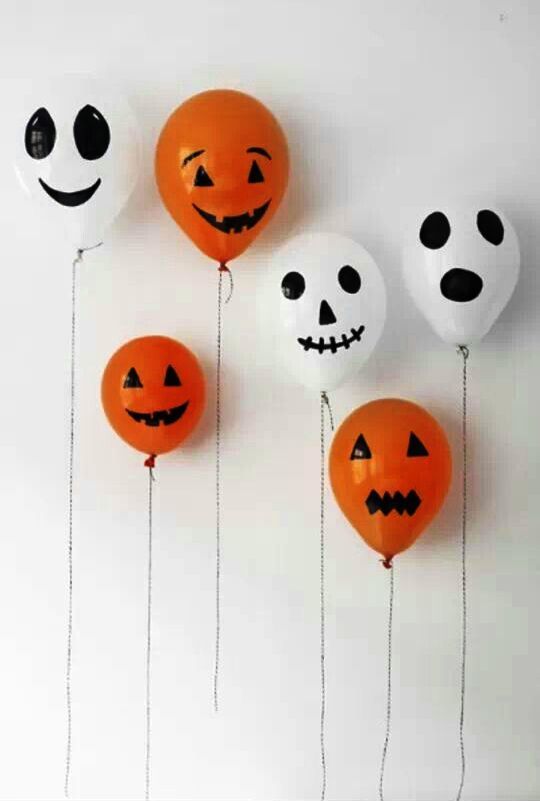
This helped orange establish itself as Halloween's official color, alongside black.
They function perfectly has opposites in terms of their mood — black is menacing and mysterious while orange is warm, cozy, and inviting.
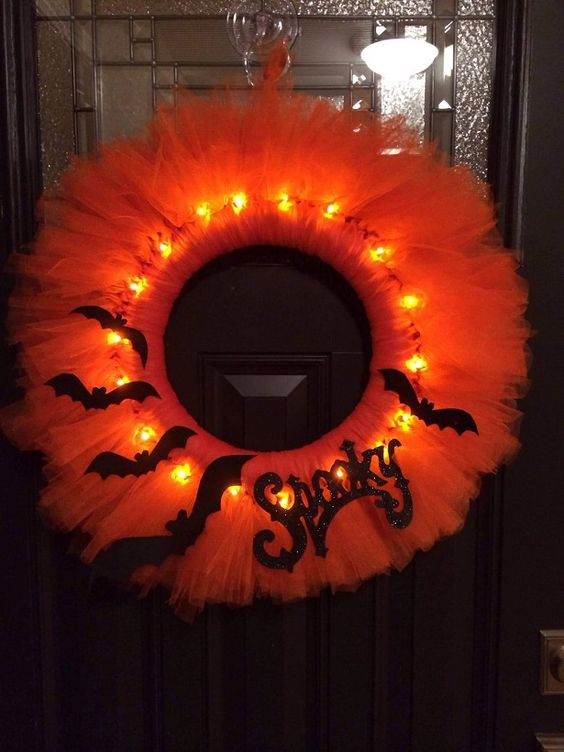
Together, they form the perfect embodiment of what Halloween is today — a scary nod to the spooks and spirits that supposedly haunt us, as well as a celebration of the warm, cozy autumn season.
Now, when you see halloweens's signature hues on clothes and decorations around town, you can tell friends and family about their interesting origins.
If you love learning new and interesting historical facts, please SHARE these fascinating Halloween tidbits!

